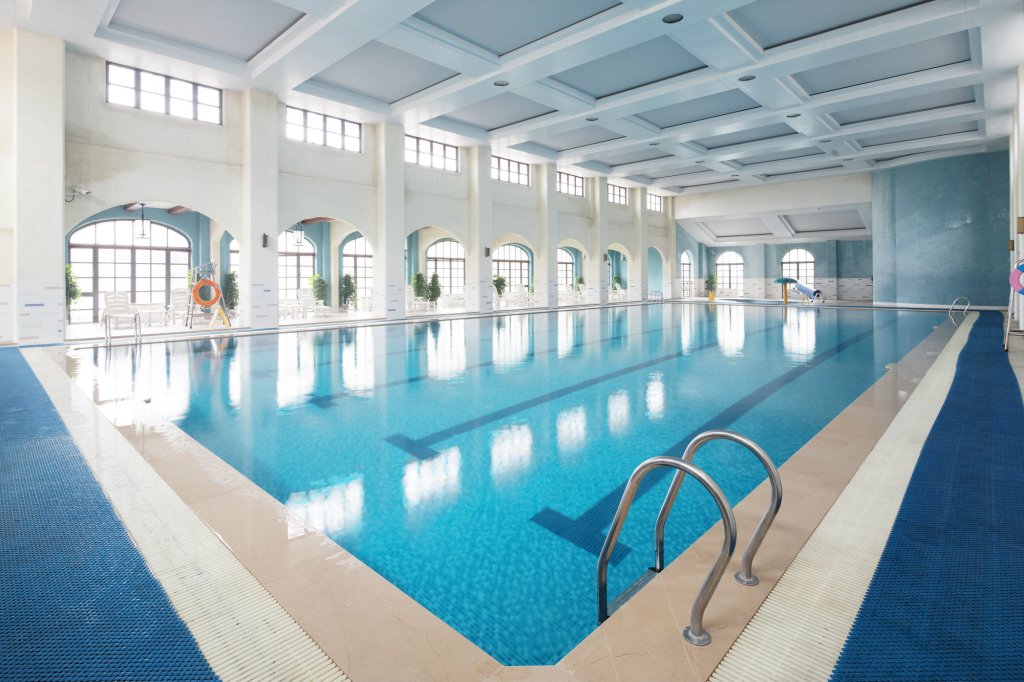The Model Aquatic Health Code is in the final stages of its next update, with a deadline looming to vote on proposed changes.
New sections on swimming lagoons and surf venues are being proposed for the fifth edition, as well as changes regarding CYA and free chlorine levels, and lifeguard staffing rules.
The MAHC is a federal model code applying to the design, construction, maintenance and operation of commercial and public pools, spas and waterfeatures. While overseen and subject to approval by the Centers for Disease Control and Prevention, it is administered by the Council of the Model Aquatic Health Code (CMAHC), consisting of a variety of stakeholders.
A new edition is released every three years. As part of the process, CMAHC members vote for or against a slew of proposals to change the text. This year, they will evaluate and vote on 203 change requests. Voting takes place until March 30.
Two proposals would add whole sections to the code — one for the design, construction and maintenance of swimming lagoons, and another for surf parks.
While cyanuric acid did not draw the kind of attention it had in previous MAHC revisions, a few proposals were filed. One would raise the maximum allowable level of CYA from 90 to 100 ppm. Another would require immediate remediation, but not closure, if a pool’s CYA levels reached 300 ppm. A third would raise the levels at which a pool would have to shut down. Currently, the MAHC states that venues must close if the CYA-to-free chlorine ratio surpasses 45:1. The proposal would raise the ratio to 150:1.
Chlorine levels were addressed by a couple of the key proposals. One would remove the 10 ppm free-chlorine maximum, instead instructing operators to keep levels below the maximum listed on the label. Another would mandate that pools shut down if they reach 10 ppm of free chlorine.
Filtration and sanitation also are addressed in a change proposal that would allow technologies that have been approved by German’s DIN standard, as well as standards in Sweden and Austria. This is meant as a way to permit newer or more progressive technologies not currently named in U.S. standards.
On the lifeguarding side, voters will consider a change that would require at least two guards on duty at a given time. While many facilities use at least two lifeguards at a time, and training agencies generally teach multi-person rescues, professionals hesitate to impose such a mandate in light of the lifeguard shortage.
Anybody can read the change requests once they register onto CMAHC’s website. Only CMAHC members can vote. To become a member or register for access, go to cmahc.org
